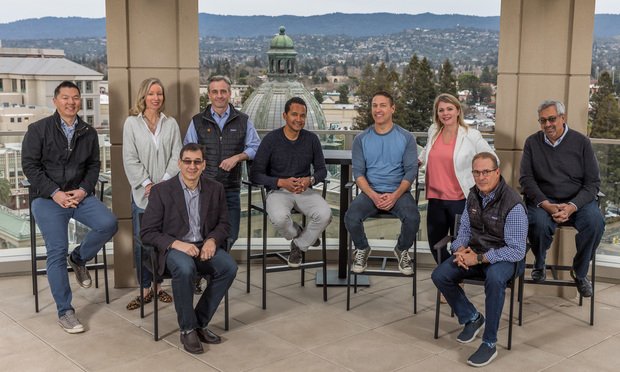DENVER—Other than Denver's nickname-inducing altitude, there's another geographic anomaly that distinguishes it. There are no other major cities—and certainly no intermodal hubs—within a 500-mile radius.
[IMGCAP(1)]
That number is important, because, as Paul Kluck, first vice president and industrial broker at CBRE, explains, that's the distance a truck can travel in a day, in other words, one day's delivery. “Denver has 5% of the US population within one day's truck drive,” he says. “Some of the other larger cities across the country, like Indianapolis has 36%; Cincinnati has 40%; Las Vegas has 16%.”
National distributors, therefore, are not likely to plant a flag in the Mile High City until they've established distribution centers in “10 or 12 other larger MSAs across the country,” he says. “We're kind of an island.”
But the bad news is also the good news in that, “What comes to Denver stays in Denver. We're dealing with the last mile to the customer or the retailer.”
It's not surprising then that e-commerce is big. But it's not the Amazons of the world that are populating space, due largely to the sales tax structure. “Amazon isn't in Denver because of the sales tax laws in Colorado,” Kluck explains. “If you order through Amazon and they ship from Colorado, you have to pay Colorado sales tax. Those laws need to be revised.” In the meantime, orders are being filled by 3PLs, which are exempt from sales tax.
Construction is returning to the market after the recessionary slump, and Kluck says that the market reached leasing equilibrium—which he puts at 5%—last year. “Currently, we're at 4.6%,” he says. “Basically it's a landlord's market because there's enough demand to fill any building a developer decides to build.” Last year also saw something the market hadn't seen before…preleasing.
“And probably that's the biggest challenge,” he notes. “There's a limited supply and a huge amount of demand.” But Denver's huge is not Chicago's huge. “Our inventory is at 227 million square feet, as opposed to markets like Chicago, which are at 1 billion square feet.” Spec buildings typically top out between 300,000 and 400,000 square feet.
[IMGCAP(2)]
“The typical user size is between 20,000 and 25,000 feet,” he says. “So if you're building these big bombers, which is the bulk of the three million square feet that was built last year, and you've got a small-business economy, you can't find 25,000 square feet because it's simply not being built. It's a real challenge to find available space for the typical user in our market.”
Surprisingly, while Denver is a ground-delivery island, Kluck reports little cargo transported through the massive Denver International Airport, making Interstate I-70 a major artery, literally and figuratively. “Between 80% and 85% of everything that comes to Denver comes by truck,” he says. “So, as you would expect, our major distribution market would be along I-70, with 65 million of our 227 million square feet.”
For all the buzz that surrounds the marijuana market, how much actually factors in Denver industrial? Not a lot, Kluck reports. (See his in-depth video interview by clicking here.) “Our research department shows 3.7 million square feet of grow facilities. Based on the 227 million we currently have, it's a little more than 2% of the market.” While it did help drive 2013 and 2014 absorption, Kluck reports that demand has levelled off and “We're not seeing it as a big driver in 2015.”
In terms of rental rates, Kluck tracks what he calls a fairly normal recovery pattern: “The market languished a bit while the economy recovered and landlords figured out that the market was back. Then all at once they went from 80% to 95% leased in a heartbeat and it was time to raise rents, creating a spike. We had a spike in rates across all product types of 20% to 25%, and it happened overnight.” At the end of 2014, average rents had increased to $6.24 a square foot. For 2015 he predicts a normalized increase of 3% to 5%.
Last year's spike accompanied a spike in sales, with some major transactions taking place. Again, major in Denver when it comes to sales means anything over $10 million, and last year saw such deals as the sale of 400,000 square feet occupied by appliance giant Whirlpool for $37.5 million and ProLogis selling nearly 700,000 feet to TPG, as part of a larger national transaction.
Anomalies aside, if Denver doesn't garner on a regular basis the big development, rent or sales numbers of other MSAs, neither does it rack up a lot of what Kluck calls “silly” cap rates, “as low as 4% and 5%. That's just silly low. When we see 7, that's pretty low, and we've seen some sub-7. Cap rates are getting driven down across the country. Here as well, but not as low as primary markets.”
© 2025 ALM Global, LLC, All Rights Reserved. Request academic re-use from www.copyright.com. All other uses, submit a request to [email protected]. For more information visit Asset & Logo Licensing.








